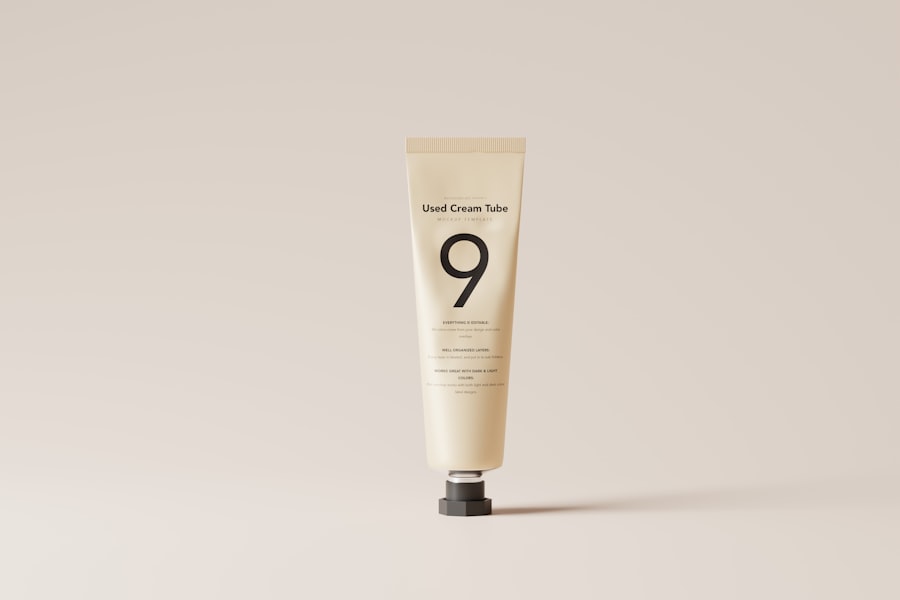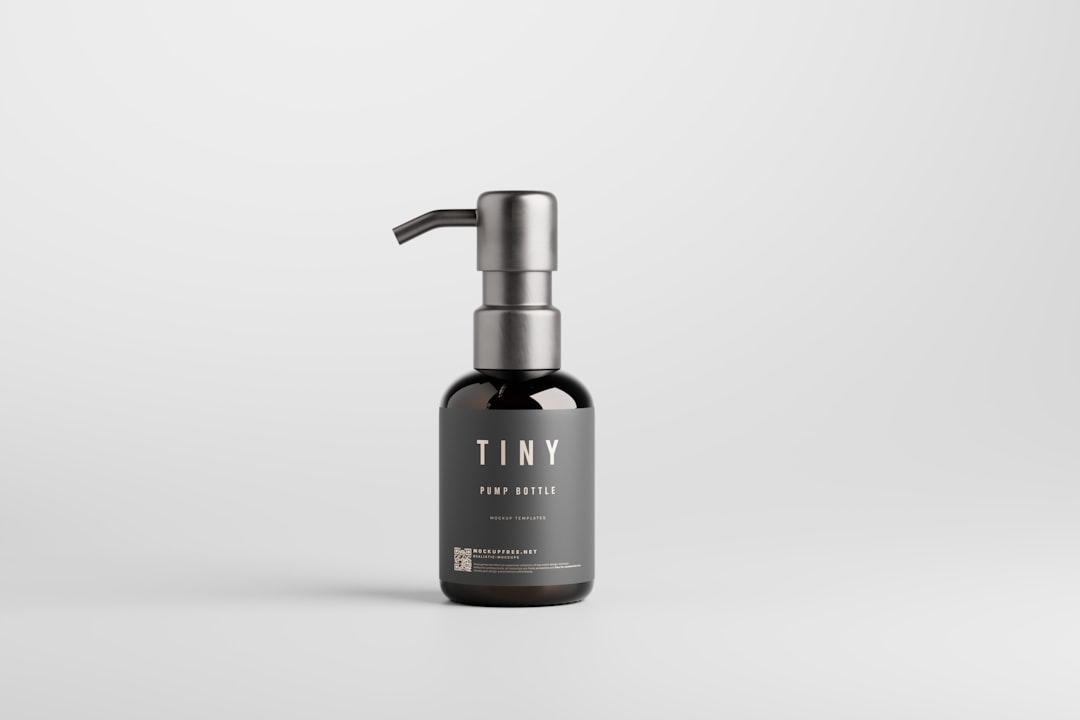After undergoing laser hair removal, it’s essential to grasp what happens to your skin in the days and weeks that follow. The laser targets hair follicles, effectively disabling their ability to grow hair. However, this process can leave your skin feeling sensitive and vulnerable.
Understanding the post-laser experience is crucial for ensuring optimal results and minimizing any potential side effects. You may notice some redness or swelling in the treated areas, which is a normal reaction as your skin begins to heal. This response is similar to what you might experience after a mild sunburn, and it typically subsides within a few hours to a few days.
As your skin recovers, it’s important to be mindful of how you care for it. The laser treatment can make your skin more susceptible to irritation, so you should avoid harsh products or aggressive exfoliation during this time. Instead, focus on gentle cleansing and soothing treatments that will help your skin recover without causing further irritation.
By understanding the post-laser hair removal process, you can take proactive steps to ensure your skin heals properly and that you achieve the best possible results from your treatment.
Key Takeaways
- Post-laser hair removal process involves shedding of treated hair and slowing of hair growth
- Managing discomfort and redness after laser hair removal can be done with cool compresses and aloe vera gel
- Protecting your skin from sun exposure is crucial after laser hair removal to prevent hyperpigmentation
- Proper hydration and moisturization helps in soothing the skin and promoting healing after laser hair removal
- Avoiding irritation and ingrown hairs can be achieved by exfoliating regularly and wearing loose clothing
Managing Discomfort and Redness After Laser Hair Removal
Experiencing discomfort and redness after laser hair removal is common, but there are effective strategies you can employ to manage these symptoms. Initially, applying a cool compress to the treated area can provide immediate relief. This simple method helps reduce inflammation and soothes the skin, making it feel more comfortable.
You might also consider over-the-counter pain relief medications, such as ibuprofen or acetaminophen, to alleviate any lingering discomfort. Always consult with your practitioner before taking any medication to ensure it’s appropriate for your situation. In addition to these immediate measures, keeping the treated area moisturized can significantly aid in reducing redness and promoting healing.
Look for gentle, fragrance-free moisturizers that are designed for sensitive skin. Applying these products regularly will help maintain hydration levels and create a protective barrier over your skin. Remember that while some redness is normal, if you notice excessive swelling or prolonged discomfort, it’s essential to reach out to your healthcare provider for further guidance.
Protecting Your Skin from Sun Exposure
One of the most critical aspects of post-laser hair removal care is protecting your skin from sun exposure. After treatment, your skin is particularly sensitive and more prone to sunburn. It’s advisable to avoid direct sunlight for at least two weeks following your session.
If you must be outdoors, wearing protective clothing such as wide-brimmed hats and long sleeves can shield your skin from harmful UV rays. Additionally, applying a broad-spectrum sunscreen with an SPF of 30 or higher is vital for safeguarding your skin against sun damage. Even on cloudy days or during winter months, UV rays can still penetrate through the clouds and affect your skin.
Therefore, make it a habit to apply sunscreen daily, even if you’re not planning on spending extended periods outside. This proactive approach will not only protect your skin but also enhance the results of your laser hair removal treatment by preventing pigmentation changes and ensuring an even skin tone.
Proper Hydration and Moisturization
| Metrics | Proper Hydration | Moisturization |
|---|---|---|
| Skin Health | Keeps skin hydrated and supple | Locks in moisture and prevents dryness |
| Benefits | Prevents dullness and flakiness | Improves skin texture and elasticity |
| Frequency | Drink 8-10 glasses of water daily | Apply moisturizer after bathing or as needed |
| Products | Natural spring water, hydrating serums | Hydrating lotions, creams, and oils |
Maintaining proper hydration and moisturization is essential for optimal recovery after laser hair removal. Hydrated skin heals more effectively and is less likely to experience irritation or dryness. Drinking plenty of water throughout the day will help keep your skin hydrated from within.
Aim for at least eight glasses of water daily, adjusting based on your activity level and climate conditions. Staying hydrated not only benefits your skin but also supports overall health. In addition to internal hydration, external moisturization plays a crucial role in post-treatment care.
After laser hair removal, opt for gentle moisturizers that are free from fragrances and harsh chemicals. Look for products containing soothing ingredients like aloe vera or hyaluronic acid, which can help calm irritated skin while providing essential moisture. Regularly applying these moisturizers will create a protective layer over your skin, aiding in the healing process and ensuring that you achieve the best possible results from your treatment.
Avoiding Irritation and Ingrown Hairs
Post-laser hair removal care involves taking steps to avoid irritation and ingrown hairs, which can be common concerns after treatment.
These ingredients can exacerbate sensitivity and lead to discomfort.
Instead, focus on using gentle cleansers and soothing lotions that will help maintain your skin’s integrity during the healing process. Ingrown hairs can also be a concern after laser hair removal, especially if you have coarse or curly hair. To prevent this issue, consider gently exfoliating the treated area a few days after your session using a soft washcloth or a mild exfoliating scrub.
This will help remove dead skin cells that can trap hairs beneath the surface. However, be cautious not to over-exfoliate or use harsh scrubs that could irritate your sensitive skin. By taking these precautions, you can enjoy smoother skin without the discomfort of ingrown hairs.
Choosing the Right Clothing and Fabrics

The clothing you choose after laser hair removal can significantly impact your comfort level during the healing process. Opting for loose-fitting garments made from breathable fabrics like cotton can help prevent friction against the treated areas, reducing the risk of irritation. Tight clothing may rub against sensitive skin and exacerbate discomfort, so it’s wise to prioritize comfort over style during this time.
Additionally, consider avoiding synthetic fabrics that may trap heat and moisture against your skin. Natural fibers allow for better airflow and help keep your skin cool as it heals. If you’re unsure about what to wear, think about layering with light clothing that you can easily adjust based on temperature changes throughout the day.
By choosing the right clothing and fabrics, you’ll create a more comfortable environment for your skin as it recovers from laser hair removal.
Following a Gentle Skincare Routine
Establishing a gentle skincare routine is vital after laser hair removal to promote healing and maintain healthy skin. Start by cleansing your face with a mild cleanser that won’t strip away natural oils or irritate sensitive areas. Avoid using exfoliating scrubs or products containing retinoids for at least a week post-treatment, as these can aggravate your skin and hinder recovery.
Incorporating soothing serums or hydrating essences into your routine can also be beneficial during this time. Look for products with calming ingredients like chamomile or calendula that can help reduce redness and inflammation. Remember to apply these products gently; avoid rubbing or scrubbing the treated areas vigorously.
By following a gentle skincare routine tailored to your post-laser needs, you’ll support your skin’s healing process while enhancing its overall appearance.
Scheduling Follow-Up Appointments for Maintenance
To achieve long-lasting results from laser hair removal, scheduling follow-up appointments is essential. Most practitioners recommend multiple sessions spaced several weeks apart to target hair follicles effectively during their growth cycles. After completing your initial series of treatments, discuss with your provider about maintenance sessions that may be necessary to keep unwanted hair at bay.
Regular follow-up appointments not only help maintain results but also allow you to address any concerns or questions you may have about your progress. Your practitioner can assess how well your skin has responded to treatment and make any necessary adjustments to your care plan moving forward. By prioritizing these follow-up visits, you’ll ensure that you continue to enjoy smooth, hair-free skin while receiving expert guidance tailored to your individual needs.
In conclusion, understanding the post-laser hair removal process is crucial for achieving optimal results while minimizing discomfort and potential side effects. By managing redness and irritation effectively, protecting your skin from sun exposure, maintaining proper hydration and moisturization, avoiding ingrown hairs, choosing appropriate clothing, following a gentle skincare routine, and scheduling follow-up appointments for maintenance, you set yourself up for success in enjoying the benefits of laser hair removal long-term. Your commitment to post-treatment care will ultimately enhance both the appearance of your skin and your overall satisfaction with the procedure.
After undergoing laser hair removal, it is crucial to follow proper aftercare instructions to ensure the best results. One helpful article to read is “Fashion Home 5”, which provides tips on what to do after laser hair removal. This article offers valuable advice on how to care for your skin post-treatment and maximize the benefits of laser hair removal. Additionally, checking out “Fashion Home 2” and “Home Fashion” can provide further insights into the world of laser hair removal and how to properly care for your skin during the recovery process.
FAQs
What is laser hair removal aftercare?
Laser hair removal aftercare refers to the steps and precautions that should be taken after undergoing a laser hair removal treatment to ensure the best results and minimize any potential side effects.
What should I do immediately after laser hair removal?
After laser hair removal, it is important to apply a soothing gel or cream to the treated area to help reduce any redness or discomfort. It is also recommended to avoid hot showers, saunas, and strenuous exercise for at least 24 hours after the treatment.
How should I care for the treated area in the days following laser hair removal?
In the days following laser hair removal, it is important to keep the treated area clean and moisturized. Avoiding sun exposure and using sunscreen on the treated area is also crucial to prevent any potential skin damage.
Are there any activities or products to avoid after laser hair removal?
After laser hair removal, it is best to avoid waxing, plucking, or using depilatory creams on the treated area, as these methods can interfere with the hair follicles targeted by the laser. Additionally, it is important to avoid exfoliating the treated area for at least a week after the treatment.
What are the potential side effects of laser hair removal and how can they be managed?
Common side effects of laser hair removal may include redness, swelling, and mild discomfort. These can typically be managed with the application of soothing gels or creams, as well as avoiding activities that may exacerbate the symptoms, such as hot showers or sun exposure. If more severe side effects occur, it is important to consult with a healthcare professional.





